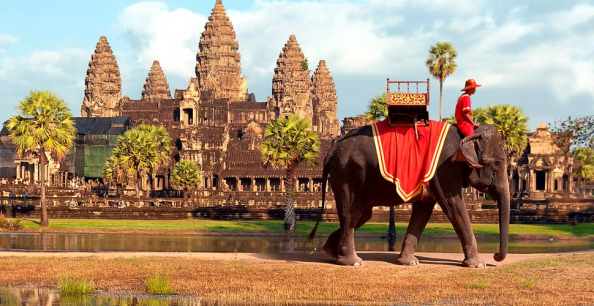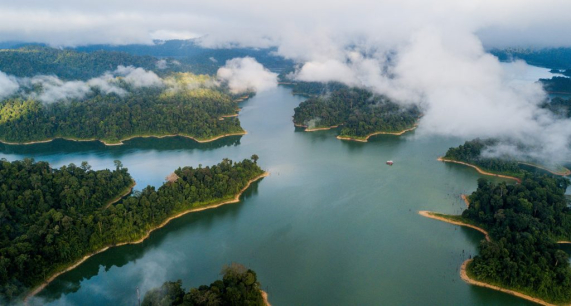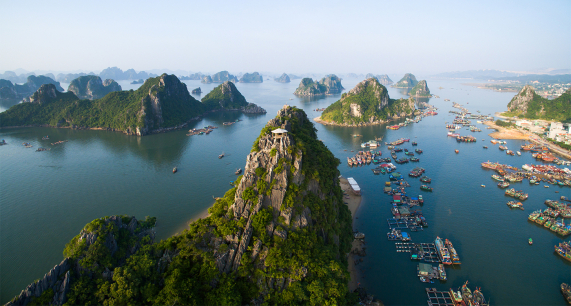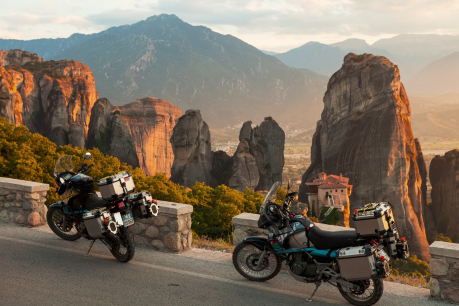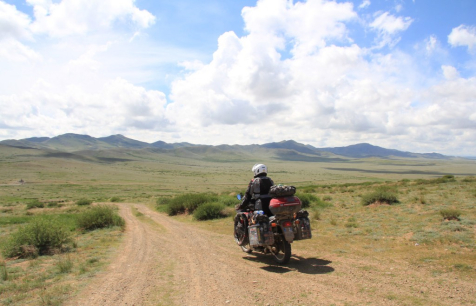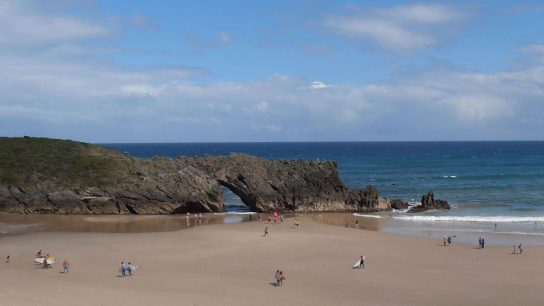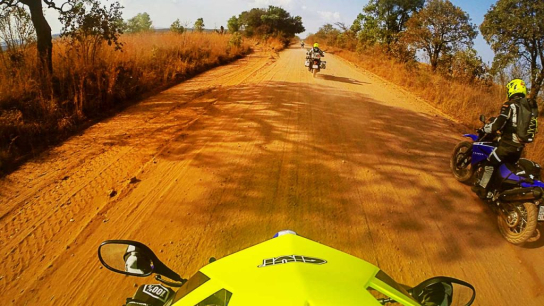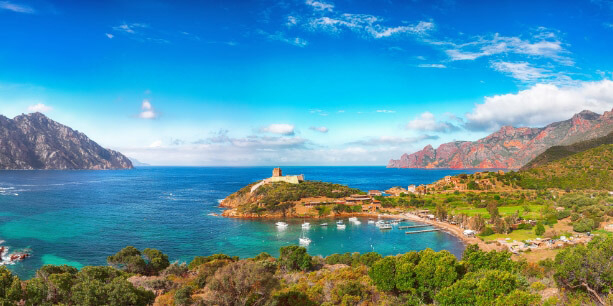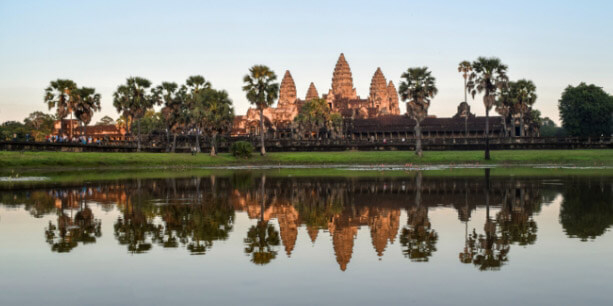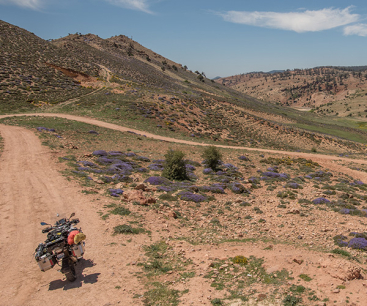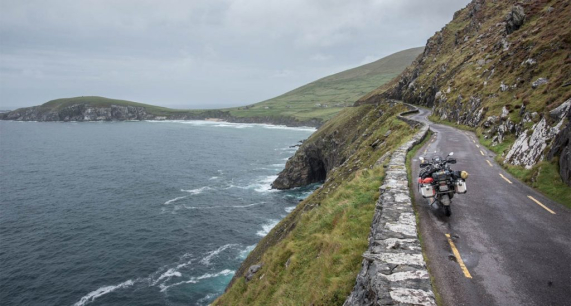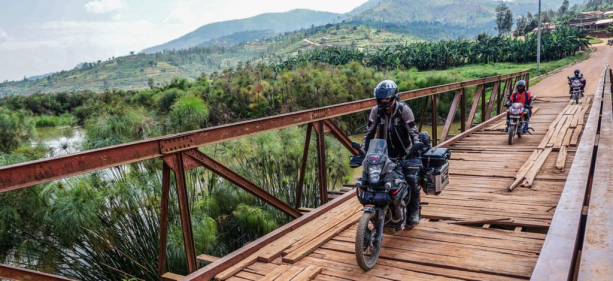South-East Asia - Practical info
Inspired by an article published in World Nomads, we take a look at the issue of “driving documents”, starting with a specific area of the Asian Continent. A group of countries that are neighbours but often have different regulations when it comes to road traffic. Here is the information we have gathered.
Planning to travel by motorcycle in South-east Asia?
First of all, let’s clarify which countries are actually part of it: Brunei, Cambodia, Indonesia, Laos, Malaysia, Myanmar, the Philippines, Singapore, Thailand, Timor-Leste and Vietnam. In some cases, for example Indonesia, there are no regulations that are valid for the entire country.
Generally speaking, there are seldom situations that are unclear or problematic on the type of licence required and recognised; from this point of view, an experienced traveller who enters one of these countries with their own bike isn’t likely to encounter any issues with the local authorities.... But not wanting to leave anything to chance, we think it might be useful to indicate where the licence issued in our country is currently valid, where you need an international one or when you could be asked to pass a driving test on the spot. This also goes for driving a rental bike there, even if the “rent a bike” companies would have you believe that everything can be solved by simply handing over a tip...
The almost unavoidable rule is to hold a valid licence for driving a motorcycle and have a validating document with you. We say “almost” because there are some exceptions: in Bali you can get a “tourist licence” on the spot valid for 30 days. It takes about half a day to get one from the police office in Kerobokan (Denpasar), at a cost of 300k/400k, after presenting your tourist visa, passport (with a photocopy) and a valid driving licence. If you don’t have the latter, it’s still possible to go through the process though it will take a little longer.
A piece of impartial advice: a friendly, smiling attitude towards the police can help to... grease the wheels!
As a rule, the international driving permit follows the limits of category, power output and power to weight ratio indicated on your own national licence. Trying to be smart could be risky. Above all, this goes for those who decide to rent a 2-wheeler (whether a motorbike or scooter) in South-east Asia but underestimate the regulations and driving difficulties. In these countries, with roads that are often rough and cities where the traffic reaches levels of pure chaos (one of the worst is Ho Chi Minh City), the statistics on road accident fatalities are shocking (above all in Thailand and Vietnam).
In the event of an accident, the insurance policy that you have taken out (which we highly recommend) linked to the vehicle or the journey, will not be valid if you do not hold a licence that is required and recognised in the country where the accident happens. And it will not do so if you are driving while drunk or driving without a helmet where this is compulsory.
Licenses, Country by Country
Brunei: International licence. Drive on the left, overtake on the right.
Cambodia: to ride motorcycles over 125cc, you’ll need to convert your international licence into a licence issued by the Cambodian authorities. This conversion costs around US$33 and can be requested at a vehicle registration office by showing your passport and your international permit (in English, if necessary by having it translated by a local agency and certified by an Embassy or Consulate). It should be noted that often the rental cars and motorbikes provided offer poor guarantees of safety. Helmet compulsory. Read here the specific practical info about Cambodia
Indonesia: International licence. Drive on the left, overtake on the right.
Bali: International licence. A local driving licence lasting one month can be obtained from the competent authorities. Drive on the left. Helmet compulsory.
Laos: International licence. It should be noted that, often, cars and motorbikes provided for rental offer poor guarantees of safety. In any case, if involved in road traffic accidents, more often than not, foreign citizens are called upon to pay damage compensation to third parties, both for people and things.
Malaysia: International licence + currently valid national licence. If one of the aforementioned documents is missing, you will have to apply for a Malaysian licence by following the local procedures. Helmet compulsory. Drive on the left, overtake on the right. Read here the specific practical info about Malesia
Myanmar: Licence for visitors, issued upon presenting an Italian licence or international licence to the local police in Yangon. By Burmese law, any driver involved in a road traffic accident with a pedestrian is always considered to be guilty. Maximum care is recommended when driving. Road conditions deteriorate during the rainy season.
The Philippines: The international licence is recognised according to the model of the Convention of Vienna (ratified by the Philippines on 27/12/1973). Use of a national licence is generally accepted by the local authorities for short periods (up to three months from entering the country); in any case, the proper translation in English, declared compliant by the Embassy, is required.
Singapore: National licence with official translation in English (again, certified by the Embassy) or Vienna 1968 or Geneva 1949 international licence. Drive on the left. Helmet compulsory for both driver and passenger.
Thailand: international driving permits are recognised, whether pursuant to the 1949 Geneva Convention model (valid for 1 year and usable in the 101 countries that adhere to the Convention) or to the 1968 Vienna Convention model (valid for 3 years and usable in the 84 countries that adhere to the Convention). Helmet compulsory. Drive on the left. Read here the specific practical info about Thailand
East Timor: International licence. Drive on the left (but you can often see people driving on the right...). Rental is very common.
Vietnam: foreign citizens with a tourist visa are not permitted to ride motorcycles or drive other vehicles. Only those who have a visa for at least a 3-month stay and an international driving permit (after the Vienna Convention model), along with a licence from their home country, are permitted to ride motorcycles or drive other vehicles. In any case, it is possible to convert a licence from your home country into a Vietnamese licence at the Vietnamese vehicle registration offices, a procedure which takes about five working days and requires payment.
We recommend riding with particular care and attention, particularly in terms of speed, which must be kept very moderate. Drive on the left. Helmet compulsory for both driver and passenger. Read here the specific practical info about Vietnam
Contents updated as of May 2023.
Your indications are always useful to update the PRACTICAL INFO



